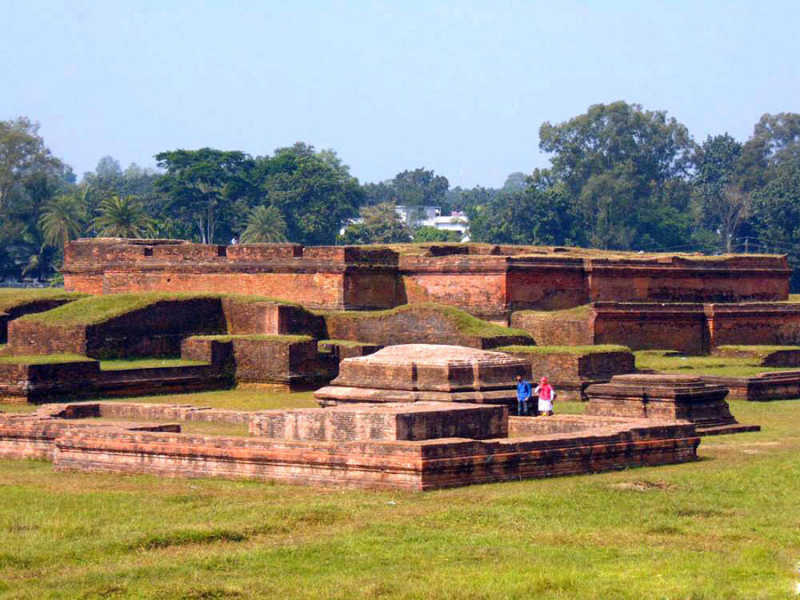Mainamati
Mainamati is a small, dimpled range of hills scattered with more than 50 ancient Buddhist communities spanning from the eighth to the twelfth centuries CE. It was once part of Bengal's historic Tripura division. It runs through the heart of the Bangladeshi district of Comilla. Mainamati is located approximately 8 miles from Comilla. It is home to one of the region's most important Buddhist archaeological sites. The neighboring Comilla Cantonment contains a lovely colonial-era cemetery. Mainamati is named after Govindachandra's mother, the Chandra queen of the same name. Through National Highway 1, Mainamati is 114 kilometers from Dhaka and roughly 162 kilometers from Chittagong. There is also a Buddhist temple nearby.
During World War II, the ruins of Mainamati were rediscovered. The troops discovered ancient ruins at a number of sites along the ridge while putting up an advance camp. Following a hastily conducted survey, the administration identified and safeguarded 18 locations. More than 50 sites were discovered during more regular and rigorous investigations conducted between 1955 and 1957 when the entire ridge was unaffected by human activity.
The Ananda Vihara is the largest of the Mainamati monuments. It depicts a massive religious-cum-educational structure with viharas, stupas, and chapels all around, located in the archaeologically rich Kotbari core area. Shri Anandadeva, the third emperor of the early Deva dynasty, created this Vihara complex, which includes the area's largest water tank, possibly around the end of the 7th or beginning of the 8th century AD.
Location: Comilla, Bangladesh











